
The slow fade of industry on Laird Drive
Heavy industry has mostly retreated from Toronto in the 21st century, though there remain little pockets around the city where its impact can be witnessed most obviously. The Port Lands fits this description, as does the area around Dupont St. beside the CPR tracks, and most especially Geary Avenue.
These places are so fascinating because unlike so much of the city, they're transitional. Their ties to the past are far more evident than you'll see in a place like West Queen West, where the industrial heritage of the neighbourhood has been effectively wiped clean, and the gentrification process has run its course.
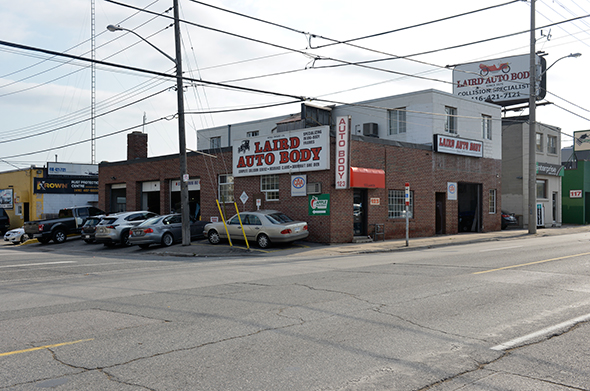
The future has yet to be written in a precious few of Toronto's former industrial zones, and the ultimate character of the streets that comprise them is a process that's playing out before our eyes. You could be forgiven for thinking that you inherit the city in its developed form, but it's always in a state of becoming.
This is perhaps most obvious on a street like Laird Drive in Leaside. There's been enormous change here in the last decade, but there's even more to come as auto garages and remaining industrial tenants slowly give way to redevelopment schemes.
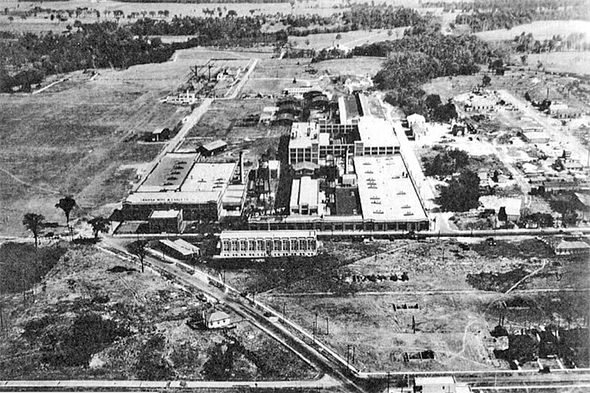
A hundred years ago, Laird Drive was the central artery in Leaside's burgeoning industrial sector, punctuated by the sprawling Canada Wire and Cable plant at Wicksteed Avenue, where the street terminated. The company originally helped to supply the materials required for Canada's growing hydro-electric network, but became a munitions factory in both World Wars.
Immediately to the east was the Leaside Aerodrome (roughly were Home Depot is now), a bustling airfield that was used to train pilots during the first World War. It was closed after the war but because the Toronto Flying Club, which operated here until 1931.
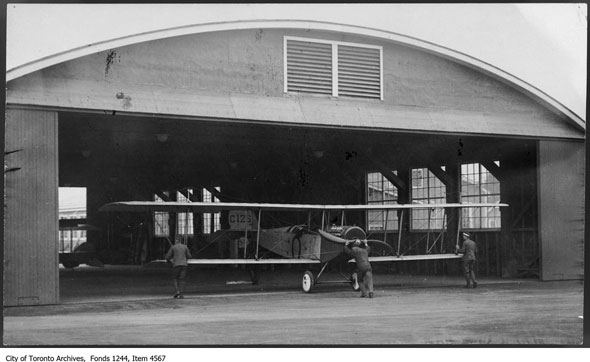
The last hanger was removed until the 1970s, but to this day streets in the area like Wicksteed and Canvarco feature hangar-like buildings that coincidentally serve as reminders of the neighbourhood's past. The same holds true for the ghost railway tracks that you can spot crossing Industrial St. There are so many signs of the unburied past here.
Leaside was born of the railway when the Canadian Northern Railway bought up over 1,000 acres of land northeast of Toronto with a plan to build a community that would combine residential, commercial and industrial interests. By the mid 1920s, the industrial portion was booming, and the houses followed.
One of the landmark companies operating at the time was Durant Motors Inc. The American company opened a Canadian branch here in 1921 where it would quickly become one of the the largest domestic car manufacturers until it ran into trouble at the end of the decade. The company last until the mid-1930s in Leaside before eventually closing up shop.
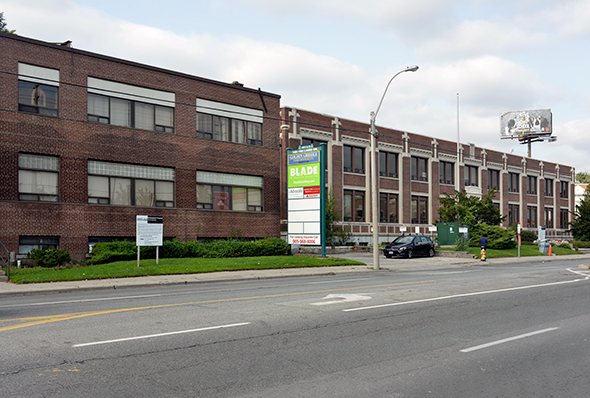
Now, some 80 years later there's plans to turn the defunct car company's offices into condos and a retirement home. The front facade would be maintained as would portions of the north and south sides of the building, but the heritage component of the development is an afterthought at best.
The development has stirred up significant controversy in the neighbourhood as the Leaside Property Owners' Association has opposed its approval. There's a desire to preserve some of the area's industrial heritage, and this lovely brick building from 1928 is as obvious a place as any.
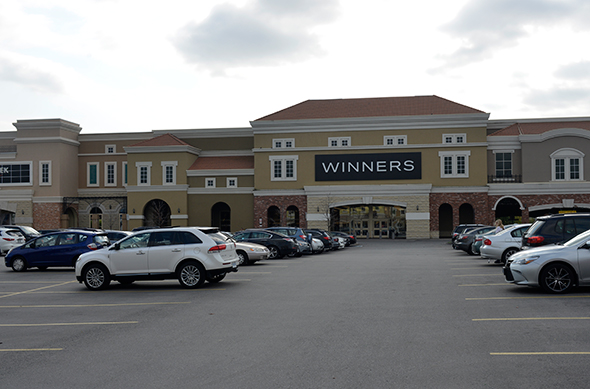
Across the street, precisely where Canada Wire once was, lies one of Toronto's architectural abominations in the form of the SmartCentre retail complex. The proposed condo development doesn't share much in common with this commercial site other than proximity, but its presence serves as a warning for local residents.
Early renderings promised a tastefully designed shopping centre, but what was built is such a mess that it's hard to know where to begin. It looks like a theme park turned into a retail centre. Everything is so profoundly fake. Residents don't want to see this repeated with a residential development that snickers at the heritage of its site.
But they haven't had much like fighting redevelopment plans in the immediate area. Very vocal opposition to planned expansion of the SmartCentre to the north in 2012 was ultimately unsuccessful in stopping what many fear will be a Walmart at 70 Wicksteed.
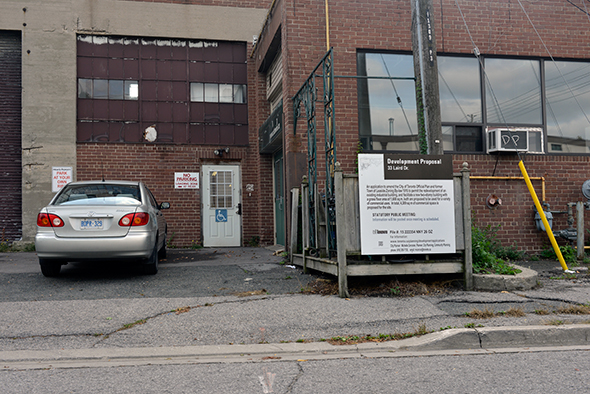
Along with concerns about increased traffic along Laird, the opposition to projects like this has to do with the character of the neighbourhood. Former area councillor John Parker hoped to attract light industry to the Wicksteed site, but claimed that there was no interest. The tide has shifted and development tends to follow a pattern away from the former makeup of the area.
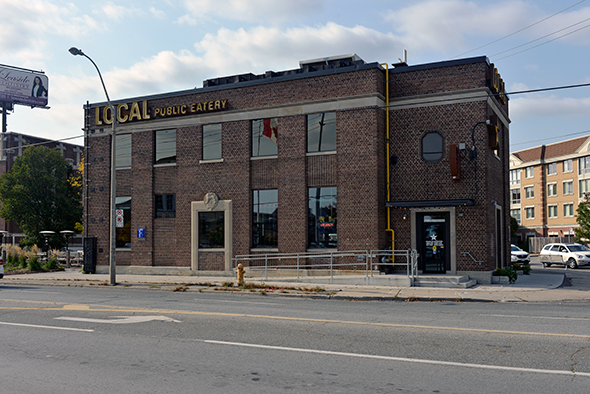
So while the arrival of a new Local Public Eatery at Laird and McRae is an ancillary benefit of the retail landscape and growing residential density here, the stakes are high when it comes to ensuring that Laird's identity not change too quickly.
On the south end of Laird at Southvale Drive, the Upper House Condos are well underway. This midsize development makes more sense here than the proposal for the Durant building. It sits at the edge of the old industrial and residential divide of the neighbourhood, and at seven storeys and 74 units, it won't dominant the area.
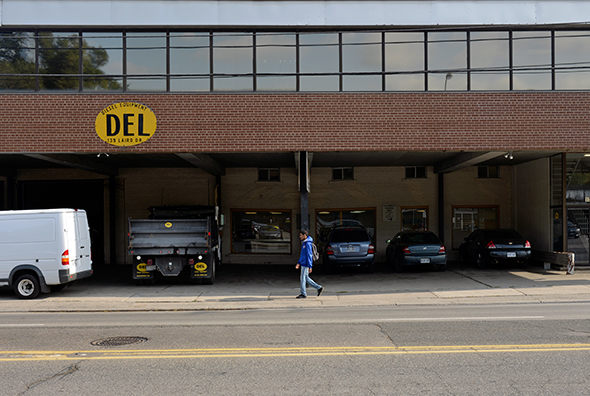
Between these two bookends, Laird remains a hodgepodge street of new and old retail, holdout industrial companies, car dealerships, and auto body shops. The recently built Leaside Village complex continued the erosion of the street's industrial character for corporate retail, but the scale of the development was better suited to the neighbourhood.
It will take a couple more decades before redevelopment at the north and south ends of Laird meet at the middle. In the meantime, it remains one of those places with a future that's contested. Is it possible to retain the unique character of this street in the face of great intensification pressure?
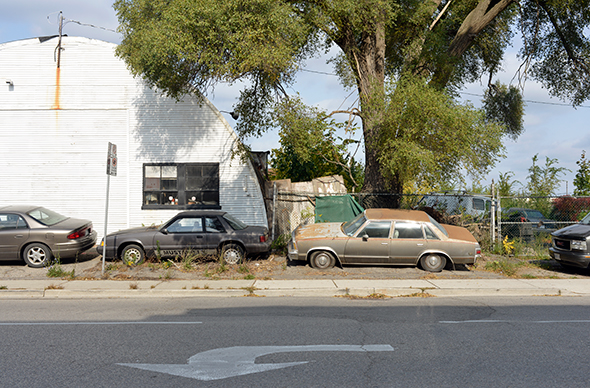
I remember going to the Country Style Donuts at Eglinton and Laird as a kid in the 1980s. On Saturday mornings the parking lot would be full of cyclists gathering for a group ride in a tradition that persists to this day across the street, as the site of the former donut shop (most recently a Great Canadian Bagel) was razed for construction of a station on the Eglinton Crosstown LRT.
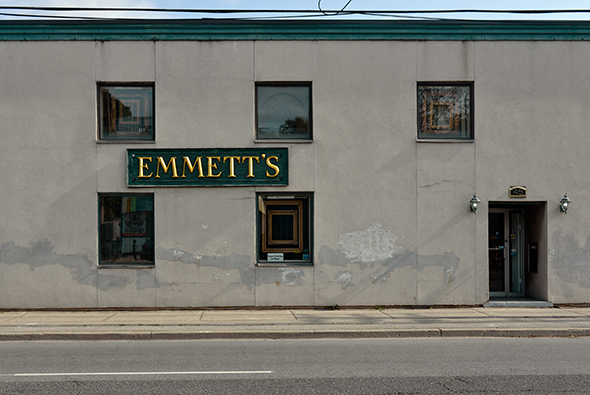
Back then, Laird was still heavily industrial. Wicksteed was strewn with rusted out old cars and the mighty Canada Wire plant still stood at the southeast corner of the intersection. The thought of condos or big box retail had yet to form, and an almost frontier atmosphere brought retailers like Sandy's Cycle and Emmett's Custom Framing to the street.
Sandy's was displaced by the Leaside Village retail centre, but has stayed in the area on Research Road. It still sells a strange combination of books and bikes some 30 years after arriving in the area. These are the types of unique businesses that thrive on transitional streets like Laird, and what residents know is at stake when redevelopment pressure arises.
They're also a reminder that in a city like Toronto, sometimes it's the unfinished places that are the most interesting.
Share your thoughts about the changes on Laird Drive in the comments.
Latest Videos
Latest Videos
Join the conversation Load comments







